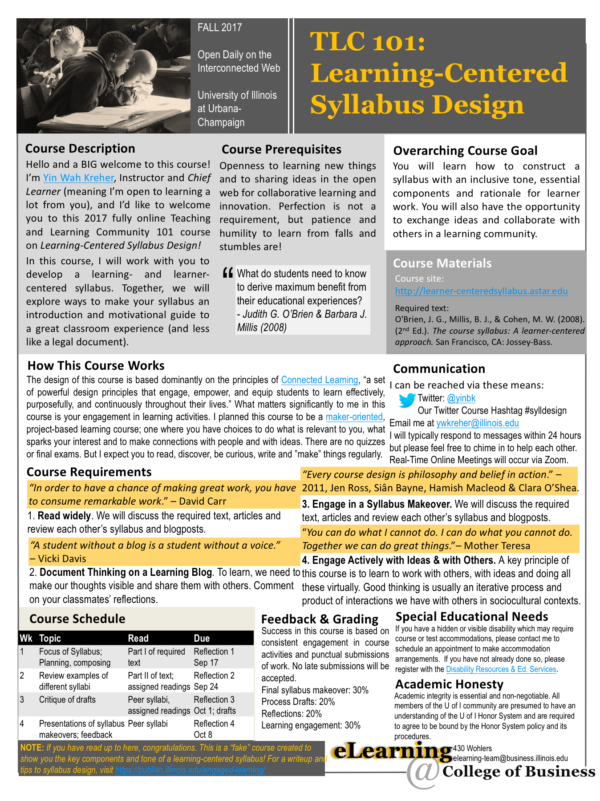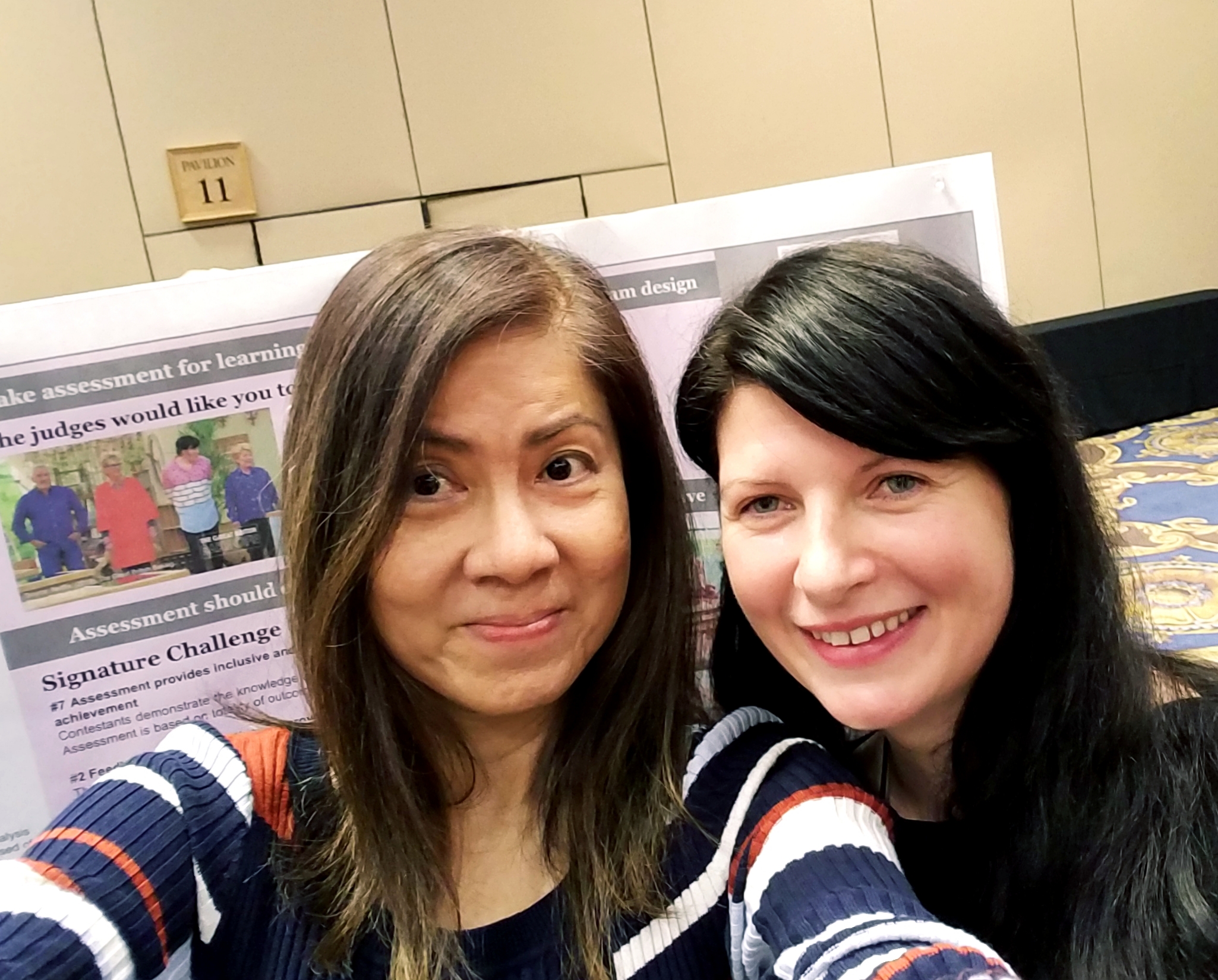Quick Tips to Writing Effective MCQ Items
Writing MCQs or Multiple Choice Question assessment items is a regular part of my professional life as an educator and learning designer. In working with many TAs (teaching assistants), instructors have asked me questions about writing MCQs, guidelines that could help these budding teachers write better MCQ items. I knew that there was a need for me to document some tips on writing effective MCQs.
In February, a POD Network listserv subscriber asked for resources on writing effective MCQs. Several subscribers generously shared some very helpful resources. It’s the end of June, almost, I’ve finally found the time to complete the writing of this blog post, drawing mainly from the Xu et al and Stanny‘s articles that were shared and are now listed below.
These quick tips are grouped under three categories from Xu et al’s article. Several of these tips seek to prevent test-savvy students from using verbal clues to guess at the correct answers.
Fairness:
- Write clearly and simply
- Write questions that span a wide spectrum of topics
- Ensure that questions align with your syllabus. Measure what you aimed to teach
- Make sure students are informed about the knowledge you will be assessing
Feedback:
- Provide students with opportunities to self-correct (e.g. multiple attempts at quiz)
- Provide timely and substantive feedback
- Obtain student feedback on assessments (pilot test)
Formatting and Content:
- Generally, avoid “none of the above” or “all of the above” questions. If you want to use them, be careful to use them consistently for correct and incorrect options
- Avoid negatives in questions, e.g. A felony is not a minor criminal offense. Use instead, A felony is a serious criminal offense. (See source for more details: Claudia Stanny)
- Avoid multi-part and giveaway questions
- Avoid composite answers (e.g. A and B but not C)
- Avoid using more than 5 response options. Some research shows that only 3 response options can be used without resulting in any significant increases in successful guessing.
- Response options should be parallel and consistent in structure, and equal in length
- Keep question stems short but meaningful with relevant information
- Shuffle option order so that options are randomized when multiple attempts are offered
To test for higher-order thinking using MCQs
- Present a scenario-based problem in the description. Questions can be based on solutions to problems in the scenario
- Present figures or tables of data. Students can interpret the findings or compute solutions to questions based on the data
References:
In this teacher-ready research review, Xu et al offer an overview of the research on using MCQs and tips on using and devising such questions. They summarized their findings under five categories: assessment quality, fairness, feedback, formatting and content, cheating countermeasures.
- Director of Center for University Teaching, Learning and Assessment, University of West Florida, Dr. Claudia Stanny, has a handout on Strategies for Writing Effective Questions for Objective Exams (pdf)
- Mueller, J. (2016). Constructing good items. In Authentic Assessment Toolbox. North Central College.
- Test-wiseness cues. In 2008 Citizendium.
- University of Texas at Austin, Faculty Innovation Center, Multiple Choice Questions.



